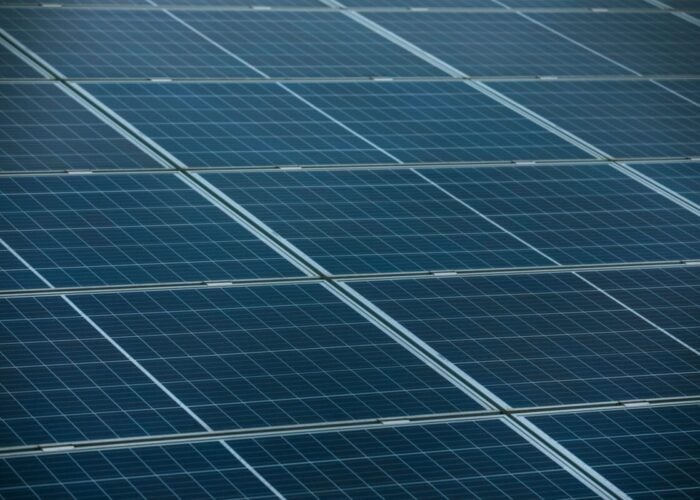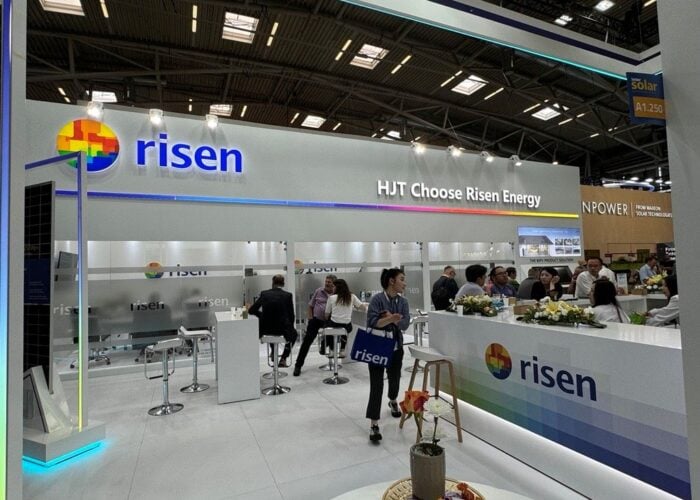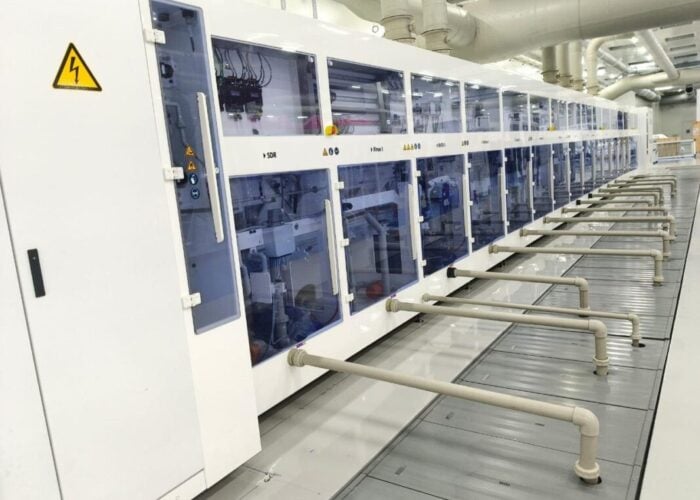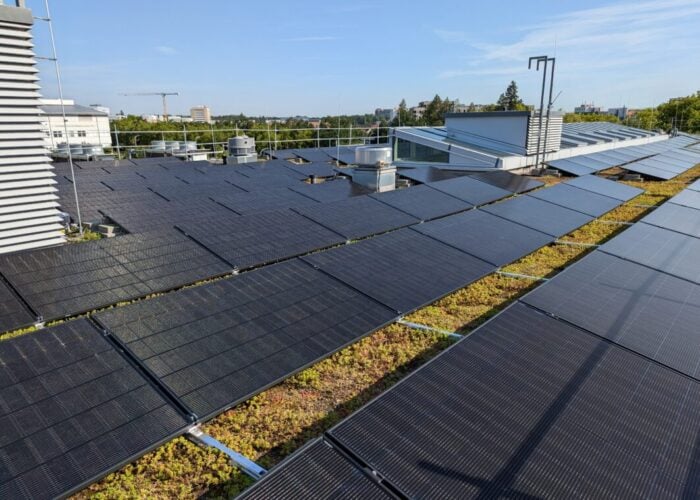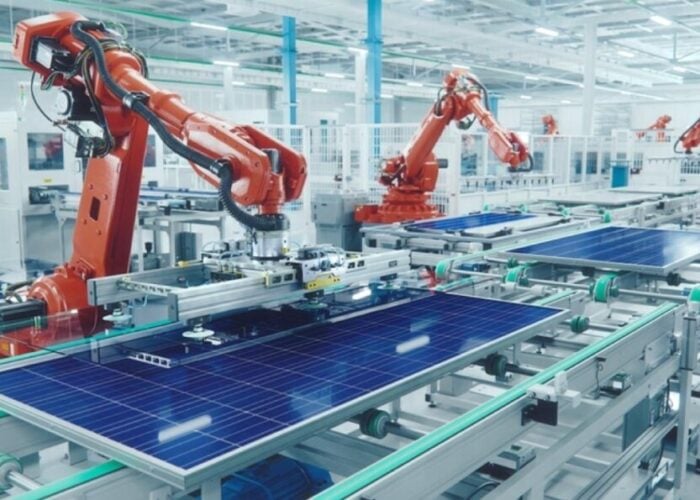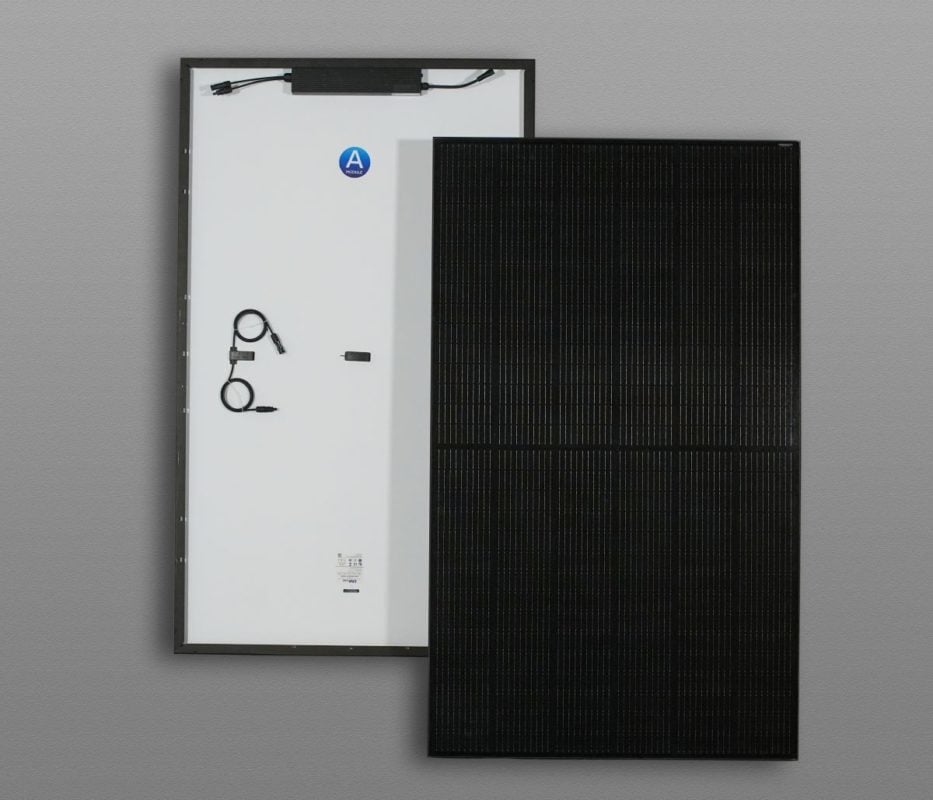
DAH Solar is an innovation-driven and technology-leading PV manufacturer, providing high-efficiency modules and cells, high-tech integrated systems and high value energy storage solutions for global customers. PV Tech sat down with president William Xie at Intersolar Europe 2023 to discuss the company’s products, strategy and future plans for expansion in Europe and beyond.
PV Tech: What is DAH Solar’s strategy for the European market?
Unlock unlimited access for 12 whole months of distinctive global analysis
Photovoltaics International is now included.
- Regular insight and analysis of the industry’s biggest developments
- In-depth interviews with the industry’s leading figures
- Unlimited digital access to the PV Tech Power journal catalogue
- Unlimited digital access to the Photovoltaics International journal catalogue
- Access to more than 1,000 technical papers
- Discounts on Solar Media’s portfolio of events, in-person and virtual
William Xie: In Europe, we will focus more on the distributed segment, as that’s where our core advantage lies.
For example, our Full-Screen PV module, which has no frame at the front, gives us a significant unique selling point, since dust accumulating on its surface will be automatically washed away by rain without frequent cleaning being required. During the winter months, the same principle applies, with snow easily sliding down the frameless surface instead of accumulating on the rooftop and the base of the module.
We also have the SolarUnit product, an all-in-one integrated system. The unique design of our self-developed microinverter and module significantly increases system power output, boosting maximum efficiency to 97.55%, with the 1/3 cut solar cell decreasing heat loss and increasing power generation. The microinverter and module are also pre-assembled at the factory, meaning that customers do not need to spend time and effort on assembly at home.
Will SolarUnit become DAH Solar’s opening product to enter the European market? And what advantages does SolarUnit offer in terms of balcony PV application?
Our product is particularly well-suited for balconies. It is designed to be aesthetically pleasing and, while other products may have a lot of wiring attached to the module, making installation difficult, SolarUnit integrates the module and microinverter and is an all-in-one system. We already have good customer relationships in Europe and with SolarUnit we deliver a range of benefits.
What will your strategy be going forward? You have SolarUnit, which is a standalone, unique product, and you have the Full-Screen PV module. How do you see the development of these products over the next 2 years?
Innovation in the PV industry is happening very quickly, but we are very sensitive to costs. Therefore, innovation should be considered along with enhanced efficiency and lowered cost. These are our key considerations.
What would you see as the next step to the Full-Screen module? Are you moving towards n-type as well?
We will continue to accelerate the R&D of SolarUnit and our full-screen product to make them easier to use, more aesthetically pleasing and more powerful. At the same time, we have built an integrated industrial chain, from ingot pulling and silicon wafers to solar cells and module production. We have established our own industrial chain as it can help us reduce costs. There will also be more areas for innovation within the chain as this could allow us to improve the efficiency of the wafer or the cell.
Within such a competitive industry, how do you think your product range will develop in the next 18 to 24 months?
Our focus in the future will mainly involve improving our cell performance. This will be the focus for our R&D and we will further enhance our TOPCon efficiency from 25% to 26% and beyond. This will definitely benefit the whole industry. As we are working on that, we are also looking to develop perovskite plus tandem technology, which will take more time.
Do you have plans to open offices in Europe?
We already have an office in Germany and we will recruit more local talent to carry out R&D into next-generation cell technology.
What are your ambitions outside of Europe? Do you have offices elsewhere?
We have offices in Japan and Brazil, and our plant is in China. We are also considering setting up a plant in Europe and are currently carrying out analysis on Bulgaria as a location. We will set up offices in regions that already have a market. At present we’re focusing more on those markets where we already have an office in order to provide better service for our customers.
Going forward, we will set up new offices in different regions or specific countries if our customer base is large enough. Our next step, apart from R&D, will be to set up a plant in Europe, one in East Asia, maybe in Indonesia, and also maybe the US. This is in our mid to long term strategy. We aim to have a global presence, especially in terms of manufacturing bases, so that we can grow with the global market. There will certainly be challenges in areas like supply chain and environment, but we are well placed to overcome these in order to achieve our goals as rapidly as possible.


